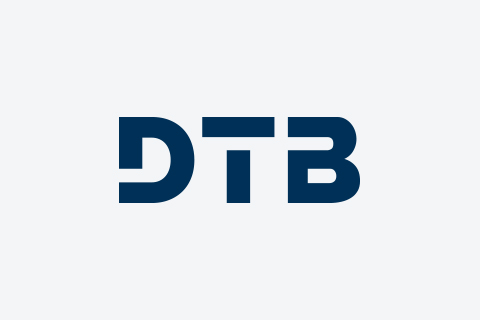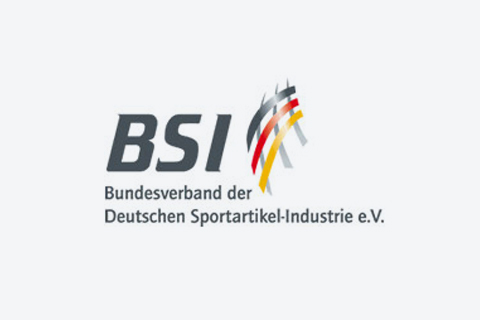29.08.2017 — Reports
Report Information Day Textile and Animal Protection
DTB & BSI Information Day Textile & Animal Protection on the 31th of May 2017 in Munich
The joint invitation of the DTB & BSI to start an open and honest dialogue on the topic animal welfare was met with great interest by relevant stakeholders.
The thematic focus was set on problems, solutions and developments of gaining and replacing animal products primarily concerning down and wool.
Beside informational presentations the day was about the exchange of experiences as well as critical questions which all participants openly answered.
Alternatives to Down
Example Freudenberg comfortemp®
At the begining of his presentation Mr Kaminski of the company Freudenberg illustrated the currrent down and feather usage of 160 billion tons by using an impressive image:
this number is equivalent to the volume of the half Mediterranean Sea.
As an alternative to down filling he introduced the latest development of the confortemp sortiment. In this context he pointed out all the advantages of synthetic fibres as they are always in a gradual process of development and improvement.
A crucial fact is the lower CO2-emission of the alternatives in comparison to the down-gaining-process.
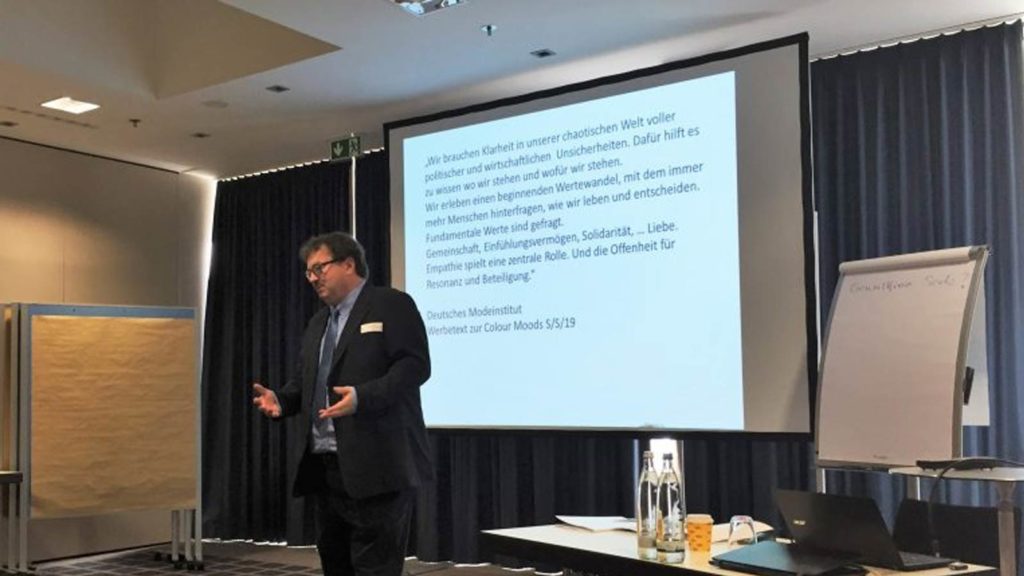
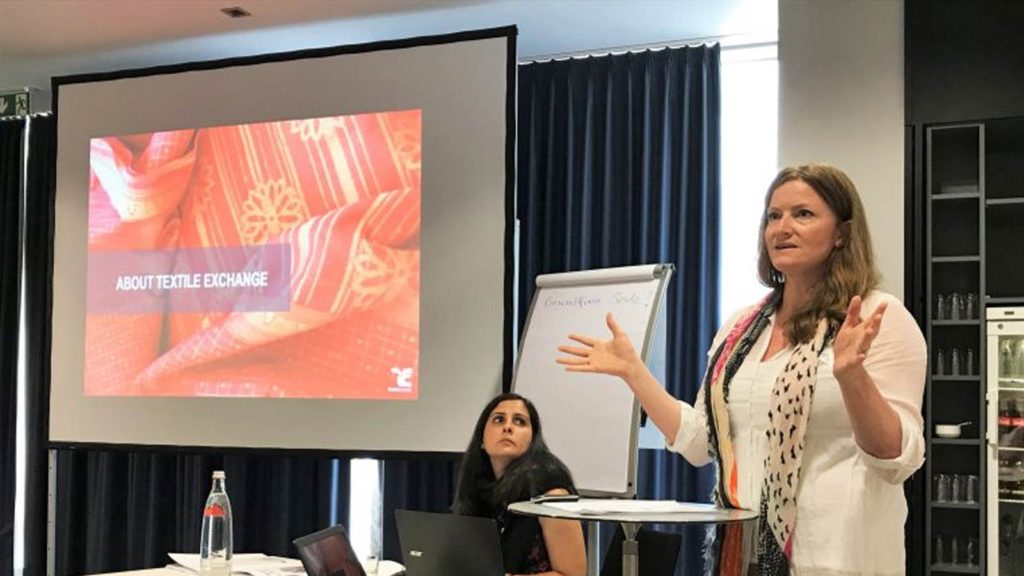
Animale Welfare Guidline
Responsible Down Standard & Responsible Wool Standard
Simonse Seisl, Textile Exchange, gave the audience an overview about the formation process, the participating actors as well as the content and advantages of the Responsible Down Standard (RDS) and the Responsible Wool Standards (RWS). Both are independant standards which are characherized by a multi-stakeholder-approach.
The RDS and the RWS are both a source of information for the whole industry regarding the improvement of the housing conditions as well as the whole supply chain from farm to retail.
The main focus for the good of the animal is set on the five freedoms:
1. Freedom from Hunger and Thirst
2. Freedom from Discomfort –
3. Freedom from Pain, Injury or Disease
4.Freedom from Fear and Distress
Freedom to Express Normal Behaviour
The two animal protectors Hannah Zedlacher and Nina Jamal of the organization „four pows“ demonstrated the latest status quo and the relevant problems and grievances of animal keeping.
Already for one year there has been a positive development resulting from the growing critical and sensible consumer behavior of the society.
More and more brands are making clear statements by avoiding downs and feathers from factories that force-feed their animals.
From their point of views this helps to improve the brand reputation and can be seen a part of risk management. Meanwhile even the practice of auditing without any announcement has been established, something that would have been impossible some years ago.
Such developments underline what our branche can achieve by pulling together.
Nevertheless the two speakers emphasized that there are still grievances. One example is „mulesing“ which is still practiced on many farms in certain countries.
“Which goods are delivered? From which animal do they stem from? Where are the goods from?”
In their second presentation the two speakers focussed on the requirements and steps towards a successful implementation of entrepreneurial animal welfare guidance.
Animals are sensitive beings for which we – as human beings – are responsible for.
Along the textile supply chain especially the big four materials – down, leather, wool and four – are playing an important role.
In order to draft an animal welfare guidance successfully, it is nesseccary to perform a precise analysis of the animal products that are used– at the very beginning.
.
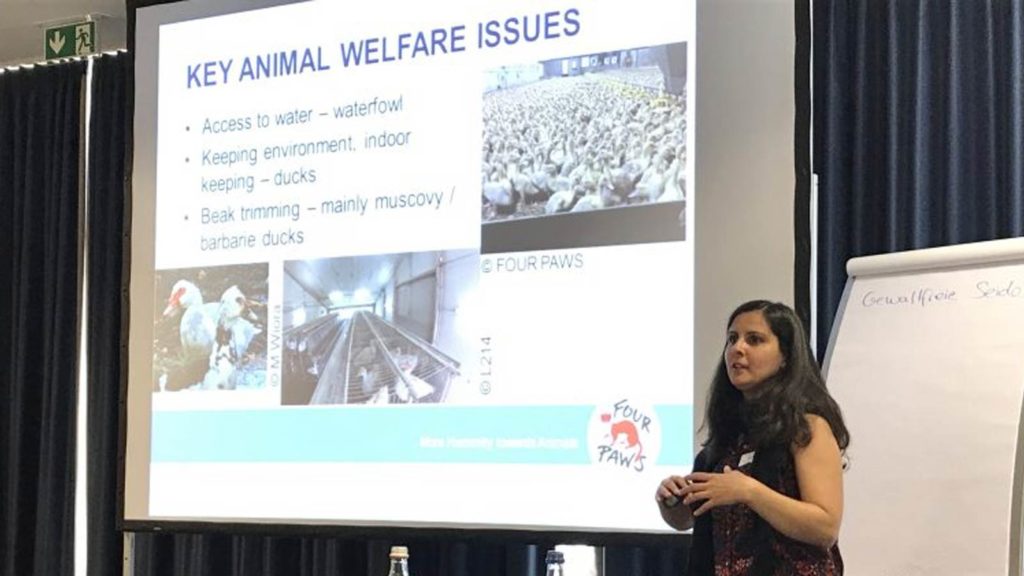
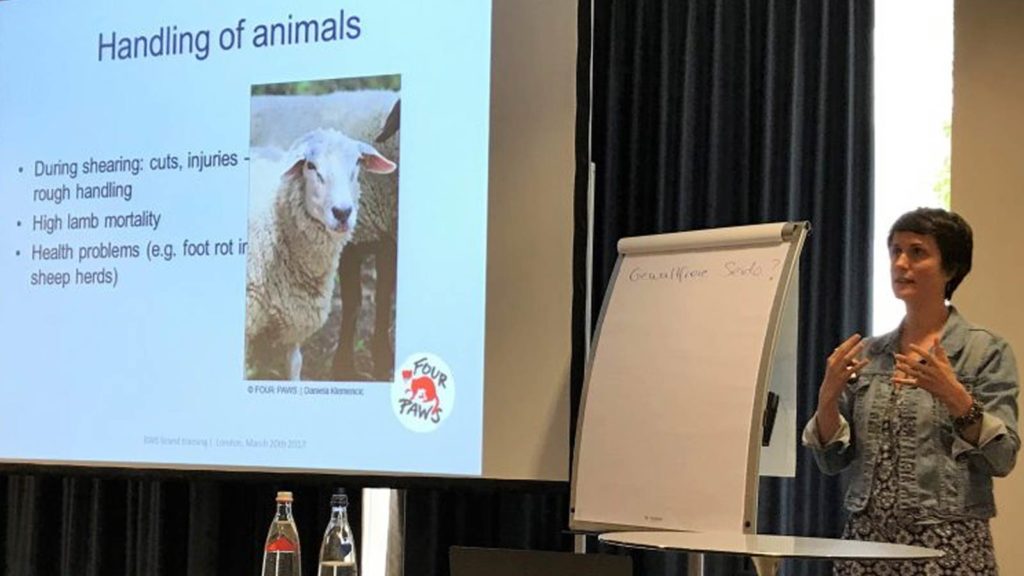
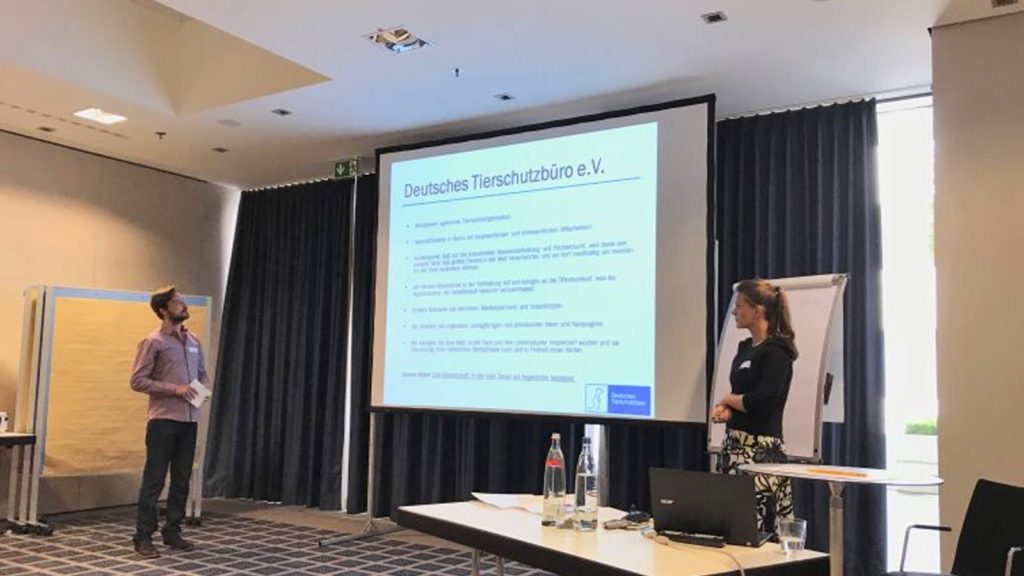
Fur animal keeping
Main Focus: fur gaining at Finnish fur farms
Jan Peifer and Denise Weber of the „deutsches Tierschutzbüro e.V.“, which sets the focus on factory farming and fur breeding, examplary introduced two of their campaigns at the beginning:
Schweinehochhaus schließen! (The demand to close a skyscraper filled with pigs).
Pelzpolizei fahndet! (The employees monitoring and pointing out people wearing fur products)
First of all the two aninmal protection right acitivits showed the species and their number of animals which are held to gain fur.
Most of the animals are lone wolves by nature and need, being wild animals, a lot of space.
The conditions of the cage and factory keeping subsequently represent the absolute opposite of their required living space.
Concerning the questions on how fur is accepted among the society, the two speakers explained that various survey results reflect the drop in demand.
As a lot of interviews show many consumers buy fur products unknowingly, thus the animal protectors demand by the legislator a detailed labelling which should include the following information:
Species used including the zoological name and the common species name (no fantasy name) in the language of the country where the product is offered.
Geographical origin of the fur animal
Description of fell gaining process (kind of farm keeping, chasing)
Furthmore, they appealed to the industry demanding better training of their personel so that they are able to instantly identify real fur and additionally hold an exemplary function concerning sustainability and ethics.
